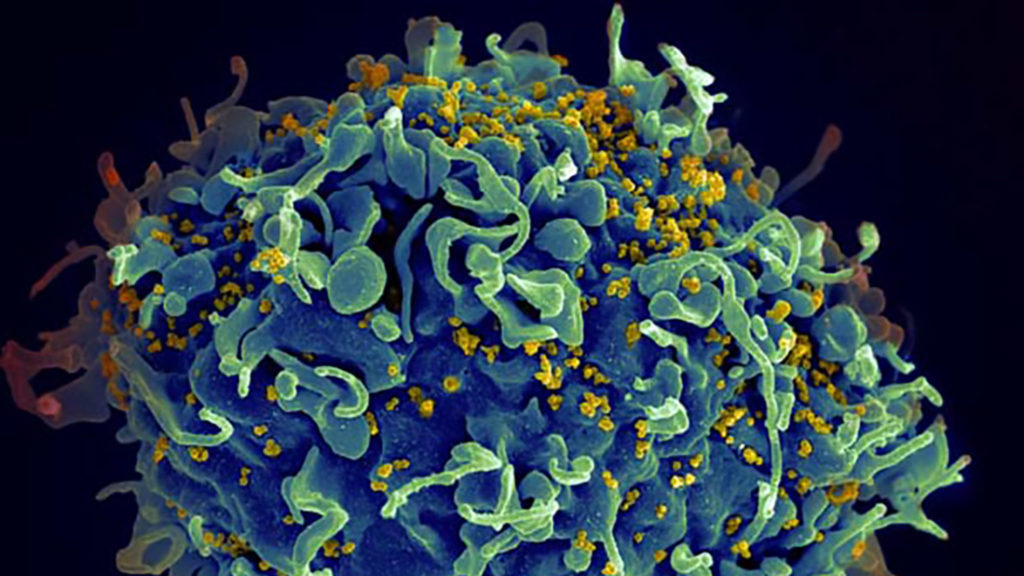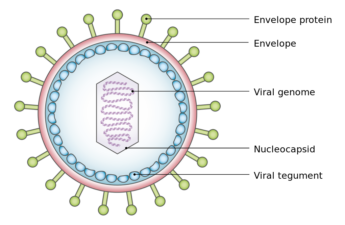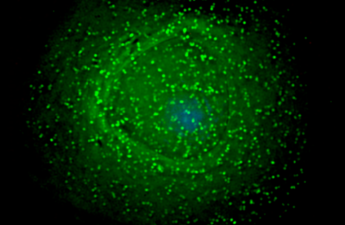
Hilary N. Karasz, Public Health – Seattle & King County
Last summer, there was been an unusual increase in the number of HIV infections among people who inject drugs in King County.
A new Morbidity and Mortality Weekly Report article, published today by the U.S. Centers for Disease Control and Prevention (CDC) describes the outbreak in detail.
We summarize some of the key findings below:
In 2018, a total of 30 women and heterosexual men who drugs inject were diagnosed with HIV.
This is more than four times the number of women and heterosexual male injectors diagnosed in 2017.
Fourteen lived in a small area in north Seattle. All of them were living homeless, most used injection drugs, and some were sex workers.
Public Health found that the viruses that infected these 14 people were genetically or epidemiologically related to those found in 9 other people diagnosed as far back as 2008, creating a cluster of 23 cases.
HIV identified in women and heterosexual men who inject drugs
This marks a change in HIV infection patterns. Since the onset of the HIV epidemic in the 1980s, HIV in King County has been an infection that has primarily affected men who have sex with men (MSM).
Sharing needles and other injection drug equipment can lead to HIV transmission, and MSM who also injected have had a higher rate of HIV infection.
But the risk of HIV infection among women and heterosexual men who inject drugs has been relatively low: An average of 8 new infections was found annually in this population between 2013 and 2017.
One reason why HIV rates are relatively low among this largely heterosexual population is because of King County’s robust needle exchange program. It is one of the longest running and largest in the country, with over 7 million syringes exchanged each year.
Why this increase of HIV in heterosexuals is concerning
The sudden and sharp increase in new HIV diagnoses in women and heterosexual men is alarming because it means that HIV may be getting a foothold in a new population.
Compared to MSM, this population of people who inject drugs, most of whom are living homeless, may have less information about how HIV is transmitted and how to prevent HIV, with poorer access to HIV testing, treatment and care.
The Seattle area is not alone in experiencing an upsurge of HIV among women and heterosexual men who inject drugs. Other communities, including Scott County, Indiana and the cities of Lowell and Lawrence in Massachusetts, recently experienced increases in HIV related to injection drug use.
What Public Health is doing to address this problem
At Public Health, we’re doing everything we can to prevent a further escalation of this outbreak. We have alerted medical providers, social service providers, and the public. We are expanding HIV testing and preventive services among people who inject drugs and people living homeless. For example, to date, we have:
- Conducted 88 field HIV test events in impacted areas providing 694 HIV tests
- Held 74 HIV testing events through our jail health services unit, conducting 284 tests
- Offered 398 syringe services opportunities in impacted areas, exchanging 20,145 syringes and distributing 239 naloxone kits for overdose reversals
Working with local community partners, we are also increasing clinical and prevention services in the geographic area of the cluster, including condom distribution and pre-exposure prophylaxis (PrEP).
We are also encouraging local emergency departments and clinics to increase their HIV testing and provide additional services to people living homeless and who inject drugs.
Our extensive network of public health professionals and community providers means that King County has been very successful at getting people diagnosed with HIV into treatment.
In fact, most people with a new diagnosis of HIV rapidly receive medical care, start antiretroviral treatment, and achieve viral suppression – making it nearly impossible for them to transmit HIV.
When people with HIV are virally suppressed, they have no or very low levels of detectable virus in their blood, which prevents progression of their infection and means they’re no longer contagious.
It typically takes longer for people who inject drugs to access care that will get them on the path to viral suppression. We are working hard to make sure that each of the people who have been diagnosed in this outbreak get into treatment and are virally suppressed.
We need to work aggressively to limit the spread of HIV in this population. Share this blog with anyone you know who uses injection drugs, and let them know about free or low cost HIV tests and treatments that are available to all at the King County STD clinic and other community sites.


